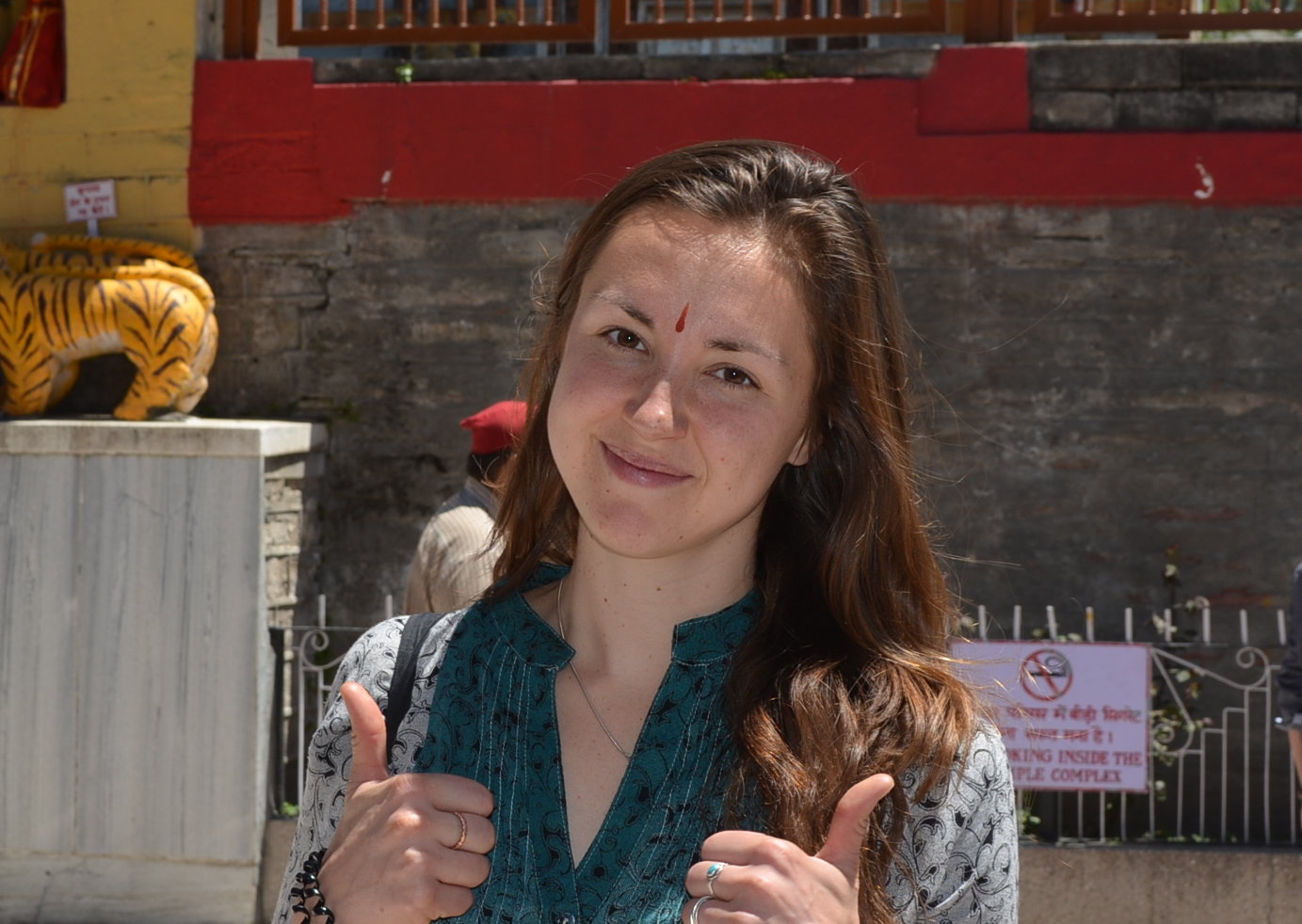Graduation project on the Kath-kuni architecture in India
Marloes van der Zanden
On a trip to India, Marloes van der Zanden came across something that would prove inspirational for her graduation project: traditional Kath-kuni architecture, used for housebuilding in the Himalayan mountains: “Virtually everything is now being built in concrete, but according to hearsay, the traditional houses were much more resilient to earthquakes, although no-one could tell me exactly why.” Having now completed her thesis on the subject, she intends to stay in India for at least a year to conduct further research.
When opting for a degree programme, Marloes van der Zanden initially struggled to decide between architecture and civil engineering. “I was good at calculations and analysis, but the creative and tangible aspects of architecture also appealed to me. I like to see things put into practice”, she explains. She opted for a Bachelor's degree programme in civil engineering, followed by a Master’s in structural engineering. When she had completed almost all of her courses, she faced yet another choice: this time for a thesis subject. “I'd already worked for an engineering firm while I was studying and had spent a year on the board of the study association. It had been quite a busy time for me, so I decided to spend a few months travelling, hoping that would give me new ideas on what I should do next.”
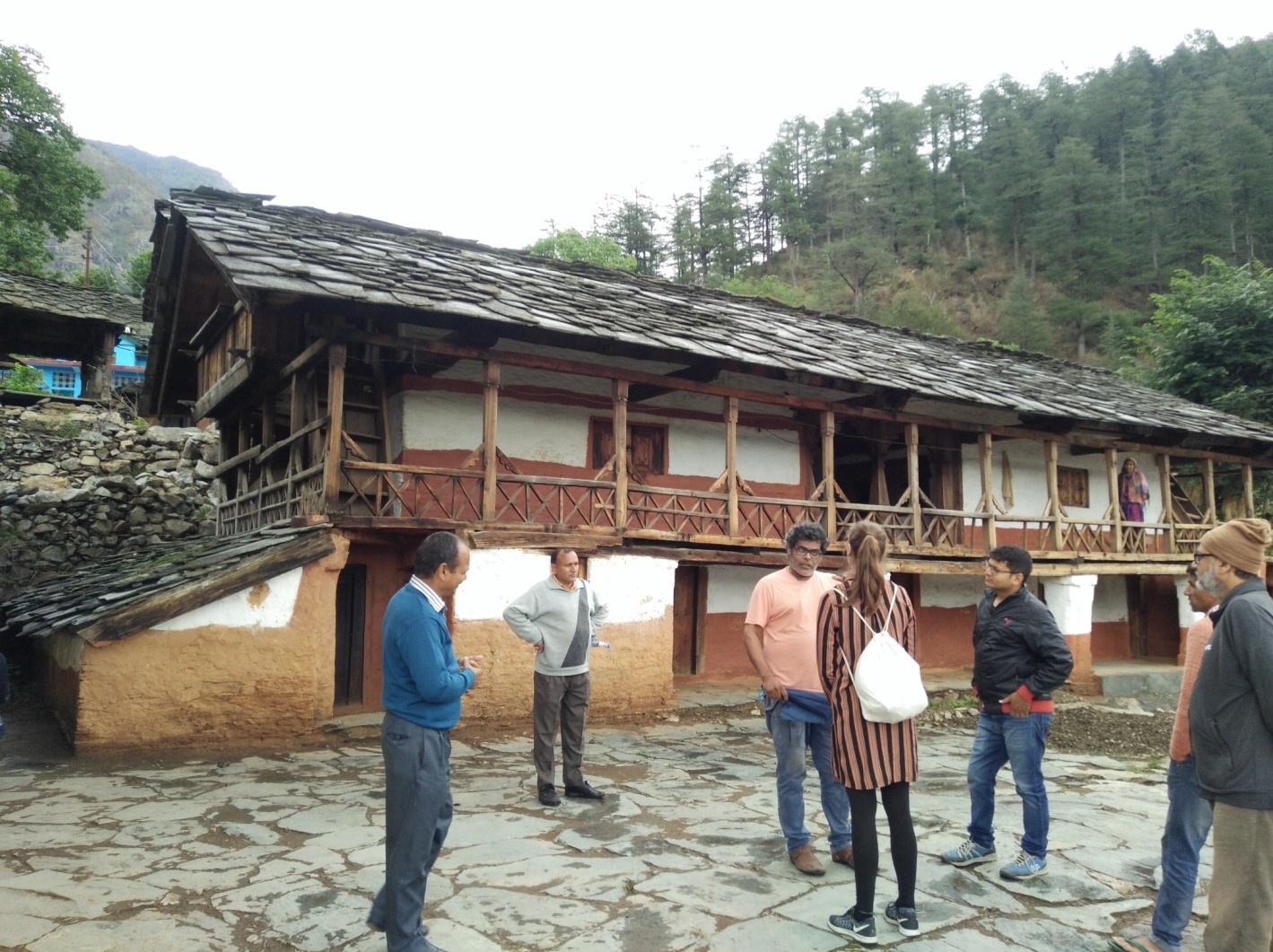
Kath-kuni
That is exactly what happened. Marloes headed off to India for a trip that would last five months. On her travels, she came across Kath-kuni, the traditional Himalayan style of architecture. In Kath-kuni – which literally means ‘with wooden corners’ – natural stone is piled up without cement, alternated with wooden beams made from the deodar conifer. “Everyone was telling me how good these traditional houses were, but almost everything was being built using concrete. Such a shame,” she says. “People’s housing preferences are slightly different now: they want more light and higher ceilings, etc. But the main reason for the disappearance of Kath-kuni is the availability of the materials. They have become scarce and also extremely expensive because of government restrictions on tree felling and the extraction of natural stone.”
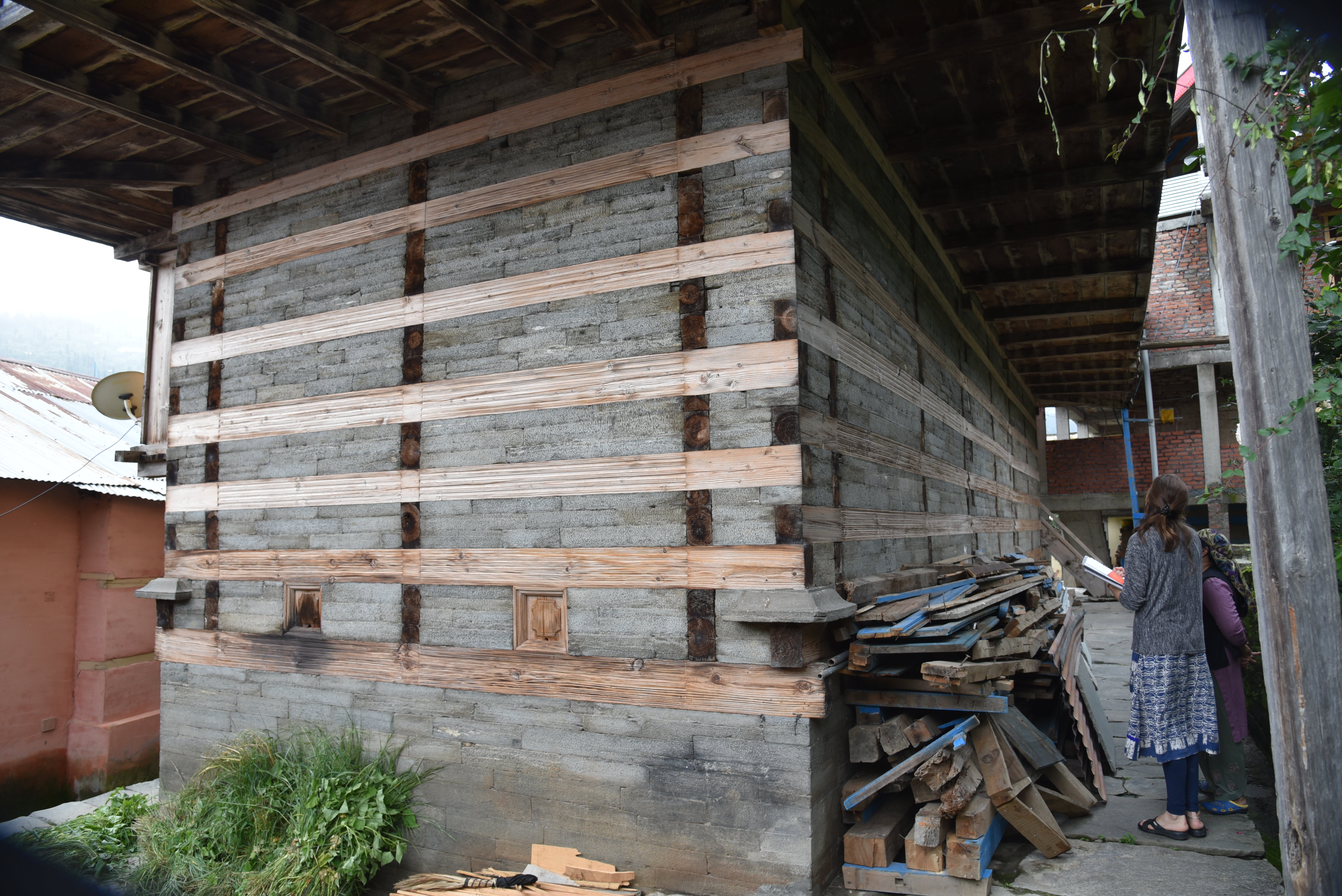
Resistant to earthquakes
Although building with concrete is cheaper and faster, Marloes does not believe that copying the concrete buildings found in less mountainous areas is the right solution: “It simply isn’t the most appropriate architectural style in a mountainous environment. Traditional houses are more resistant to earthquakes and are also effectively insulated against the cold in the mountains. It is also a shame that all of the knowledge passed down for years from father to son is now at risk of being lost.” This is what inspired her to find out if she could opt for this subject for her thesis. She was advised by TU Delft to compile a photo report and try to arrange some contacts. “An engineer from the village told me I would be able to get local supervision from the Indian Institute of Technology in Roorkee. It was there that I met Dr Sanjay Chikermane, who was also very interested in Kath-kuni. That was a lucky coincidence.”
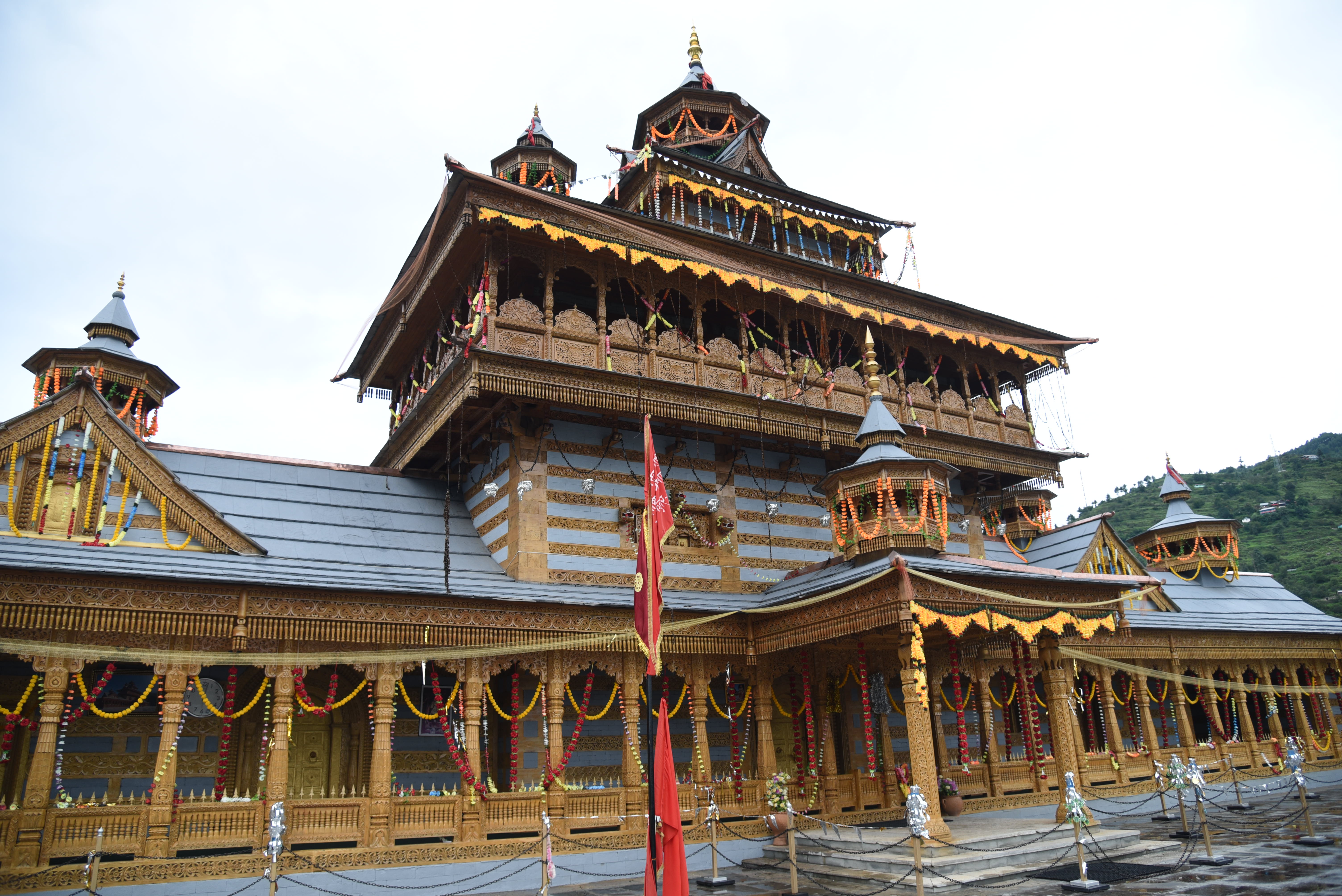
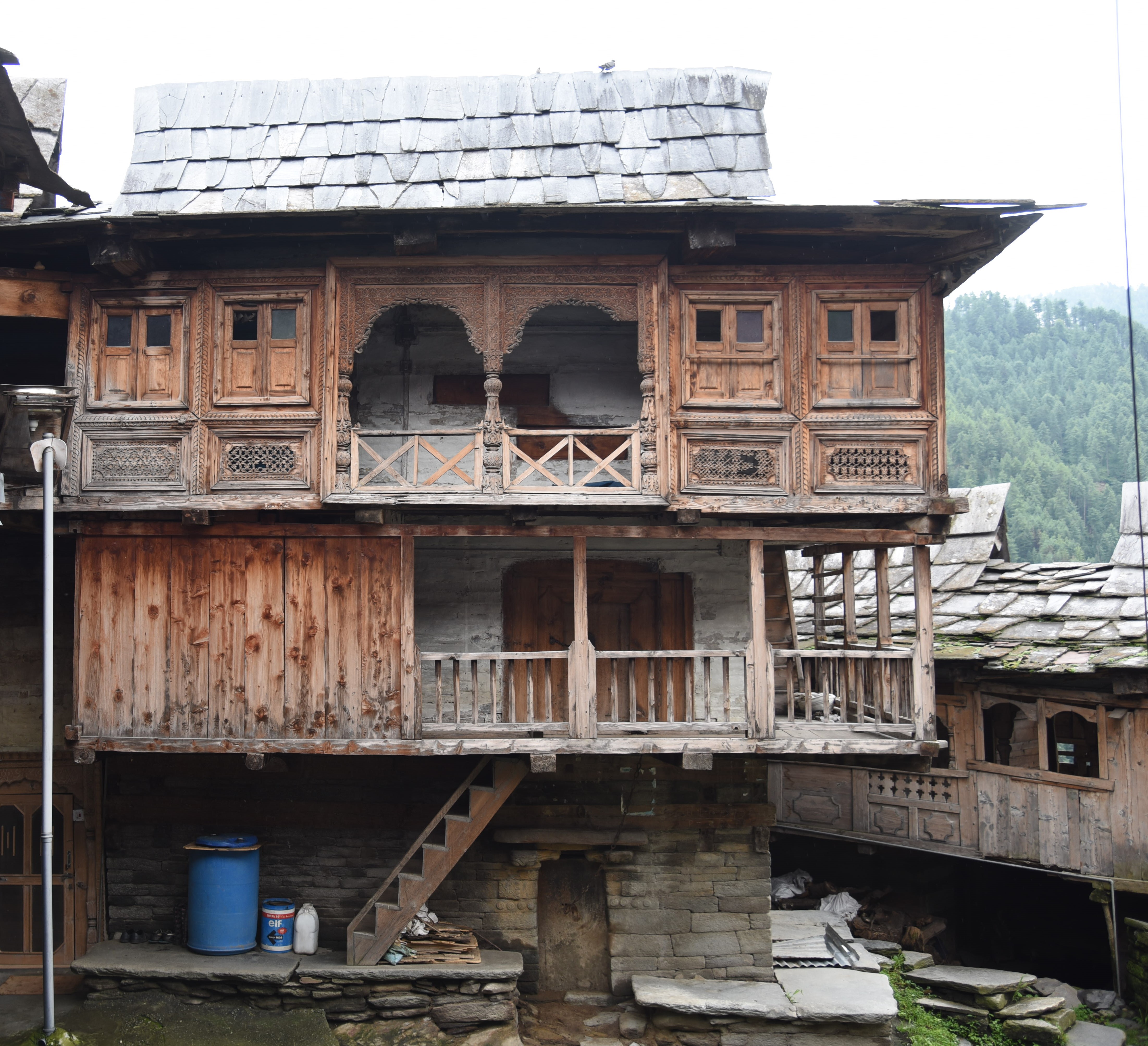
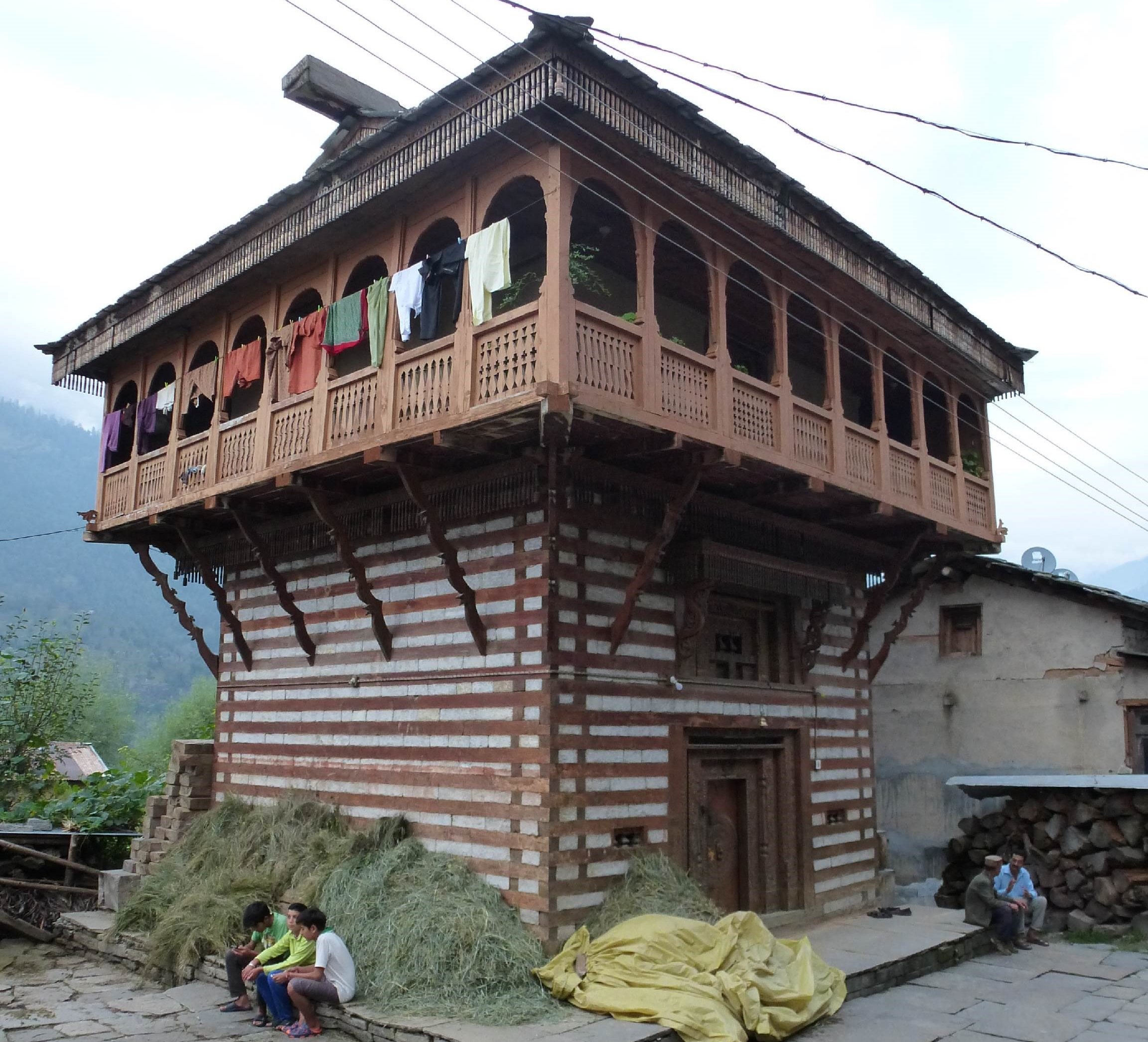
Back in the Netherlands, there were still quite a few things that needed to be arranged. “It’s not very common for Dutch students to do their thesis abroad, but it is possible. You actually have quite a lot of freedom in terms of what you do, providing you have four thesis supervisors and meet the TU Delft final attainment levels.” Marloes was able to arrange insurance via the university, sublet her room and received a small contribution for the project from the Delft University Fund. “Of course, you need to continue paying your tuition fees, but you can use your student loan for that. In India, you receive an allowance as a graduating student. I also received one as an international student. It was around 150 euros a month; life is cheap there, so I could easily manage financially.”
That was not the only thing that was different from the Netherlands. “Life on campus is completely different. Everything is organised for you. You live on the campus, meals are cooked three times a day in the cafeteria and the laundry was even done for you. It’s actually a very easy life, so you have plenty of time to focus on your studies.” Marloes was one of very few westerners: “There was a German student and a professor from the United States, so you tend to seek each other out. But the best option is simply to adapt”, she recommends. “The fact that I spent a lot of time with Indian people is what made it so enjoyable. I learnt a lot about the culture and can now understand a little Hindi. And I now have a lot of Indian friends.”
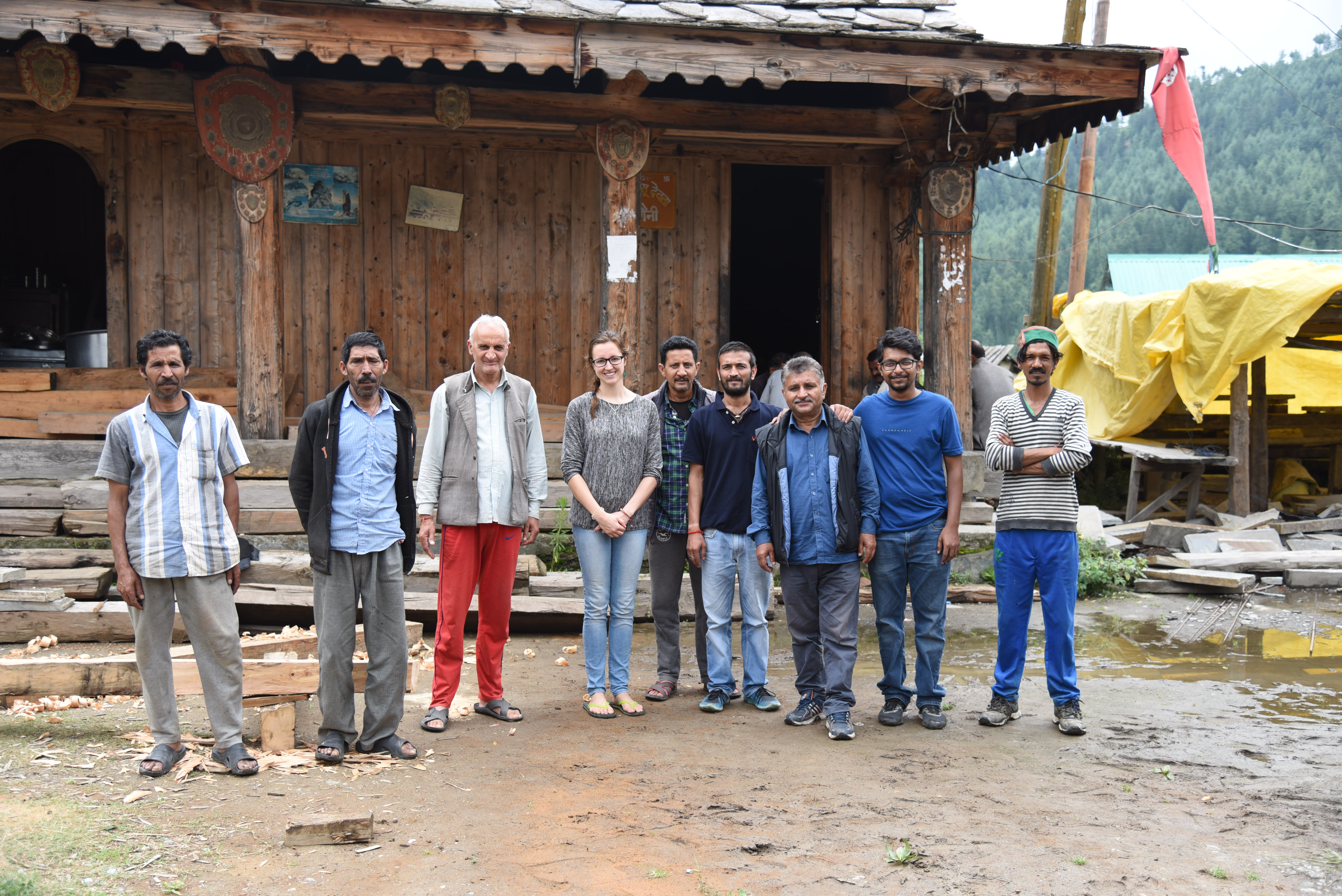
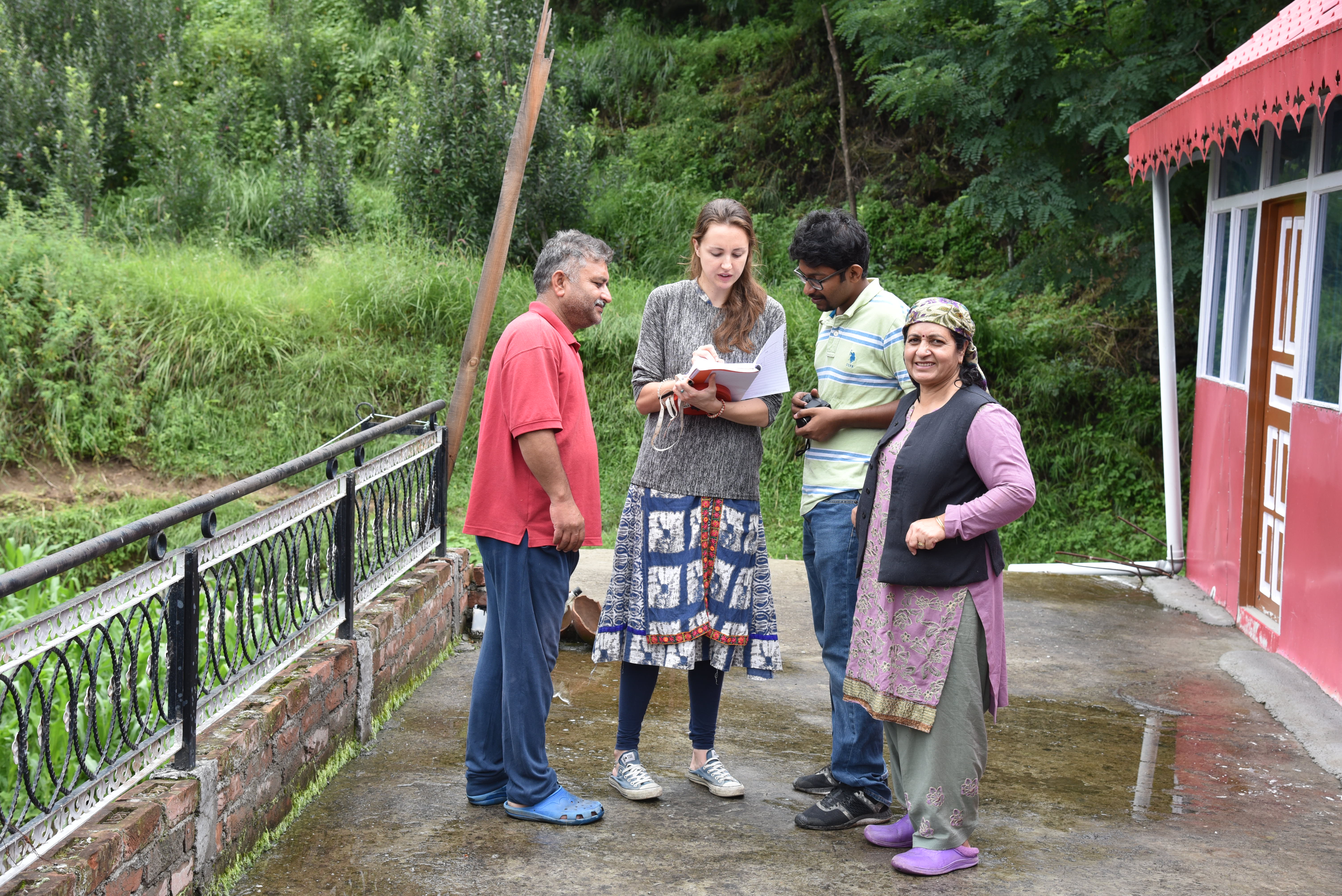
Field research
Marloes went on field research together with other students of Dr Chikermane. “We studied a lot of different houses and spoke to the residents. In the Netherlands, you wouldn’t simply knock on someone’s door because you liked the house either, but the people there are very hospitable once they understand what you’re there for.” She processed the measurement data from the field research in model calculations and then verified the results using experiments. “We replicated a house wall like that three times. You then push against it until the wall gives way.” Marloes’ results have confirmed the anecdotal evidence: “Walls that are stacked in this way are very flexible. Just a little movement causes a brick wall to fracture, losing much of its strength. These structures are capable of withstanding much bigger movements.”
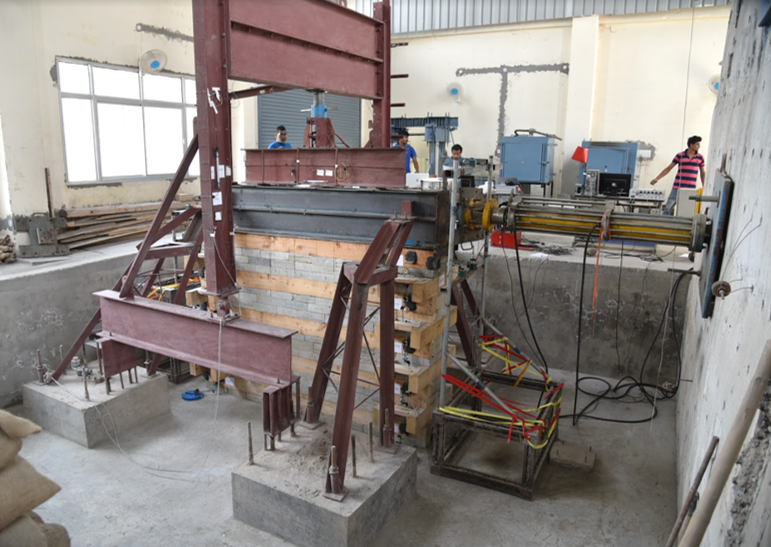
But the research is still in its early stages, explains Marloes. “We intend to do modelling in several different ways together with some other experiments, for example 3D modelling on a vibrating table." She has now returned to India for a further year of research. “The project has been given government funding, partly as a result of my work. I find it difficult to abandon that now.” The project is now focusing on exploring the opportunities for conserving heritage. “The team has become much bigger. We are exploring how to renovate old structures in the mountains and will be tackling several pilot buildings in the next few years.” Ultimately, she hopes to obtain a doctorate on this subject. “I would like to investigate whether this new knowledge and alternative materials can result in a modern interpretation of buildings like this.”
Interests
Although that may still be in the future, Marloes is quite satisfied with what she has achieved so far. “This matched my interests perfectly: architecture, renovation, sustainability, it had just everything”, she says, looking back. “I would say that I learned more from this project than during my entire degree programme. It’s not only about knowledge. Because I was one of the first to work in this field, I sometimes had no idea where to start. That really taught me a lot. About myself and about how to tackle things and communicate.” She also has some advice for anyone who wishes to complete their studies abroad: “Above all, you need to be very independent. You may also find that it takes longer than eight months. But if you’re doing something that you’re really enthusiastic about, it will certainly be worth it.”
Acknowledgements
"I would like to thank Dr. Sanjay Chikermane for his guidance during my graduation project, without his enthusiasm and support this would not have been possible. Much appreciation also goes to the Indian Institute of Technology Roorkee for providing me with everything I needed during my stay in India. I am really very grateful to the many people that helped me along the way!"


